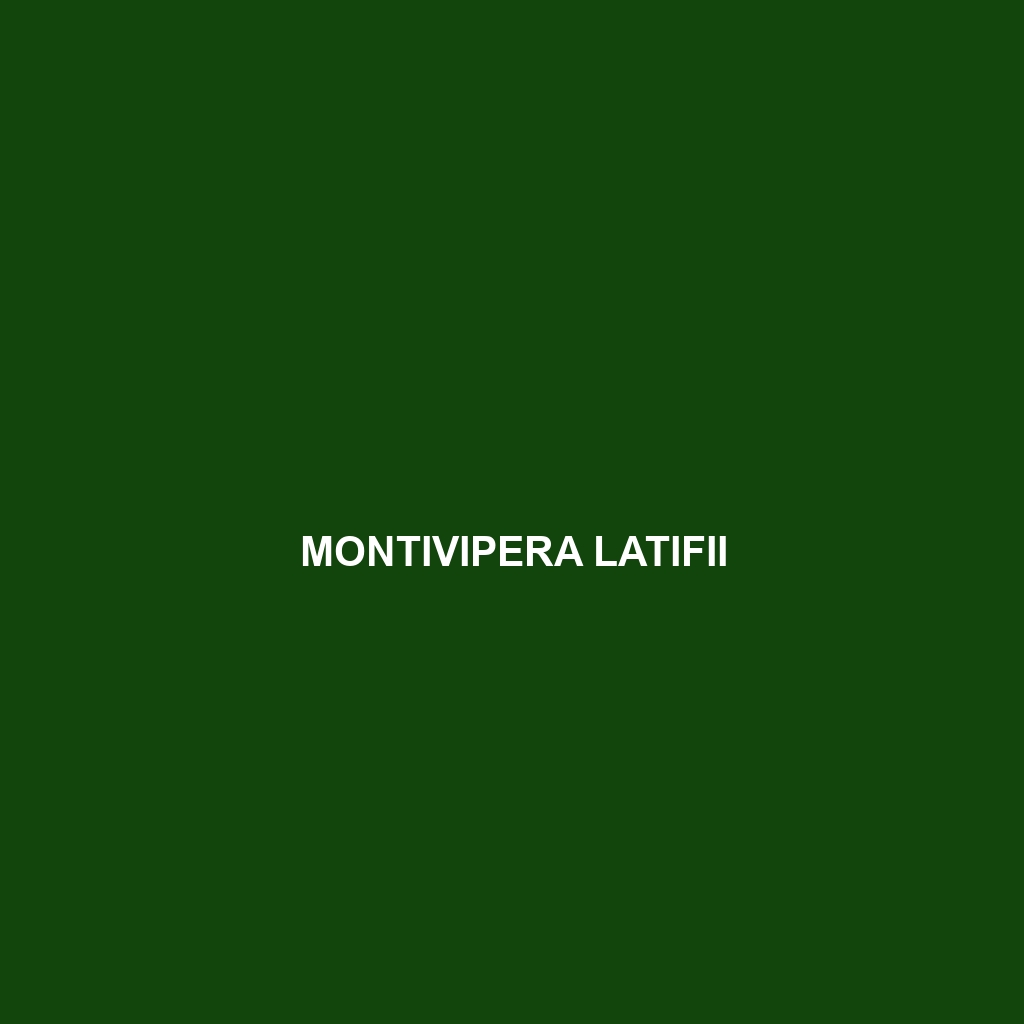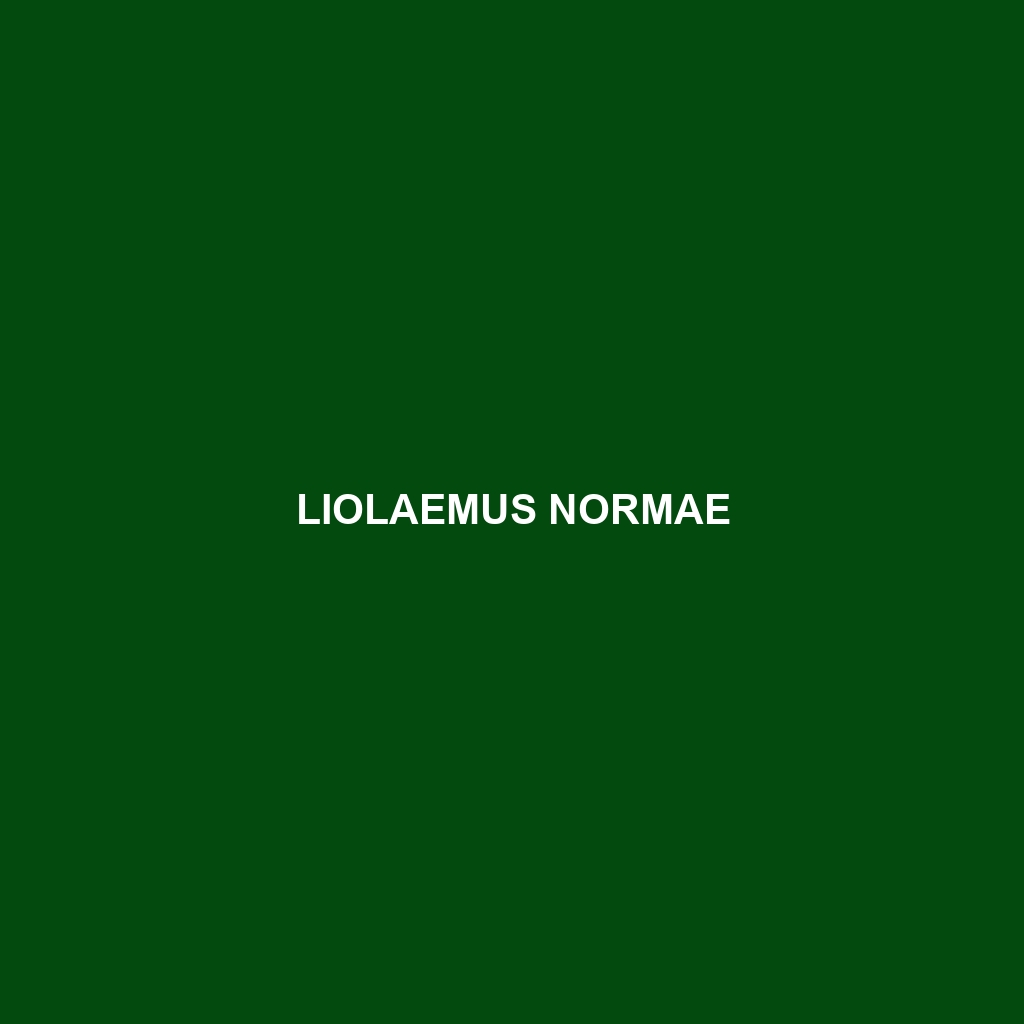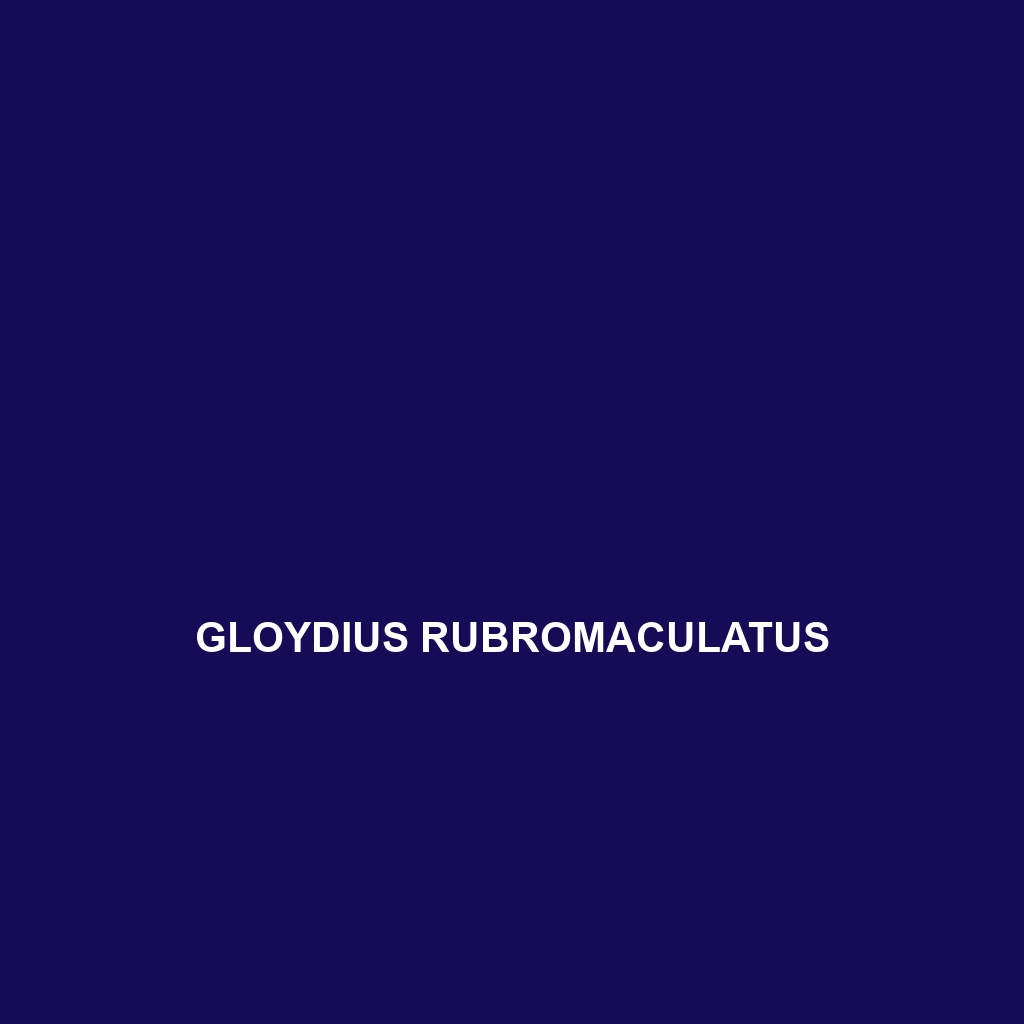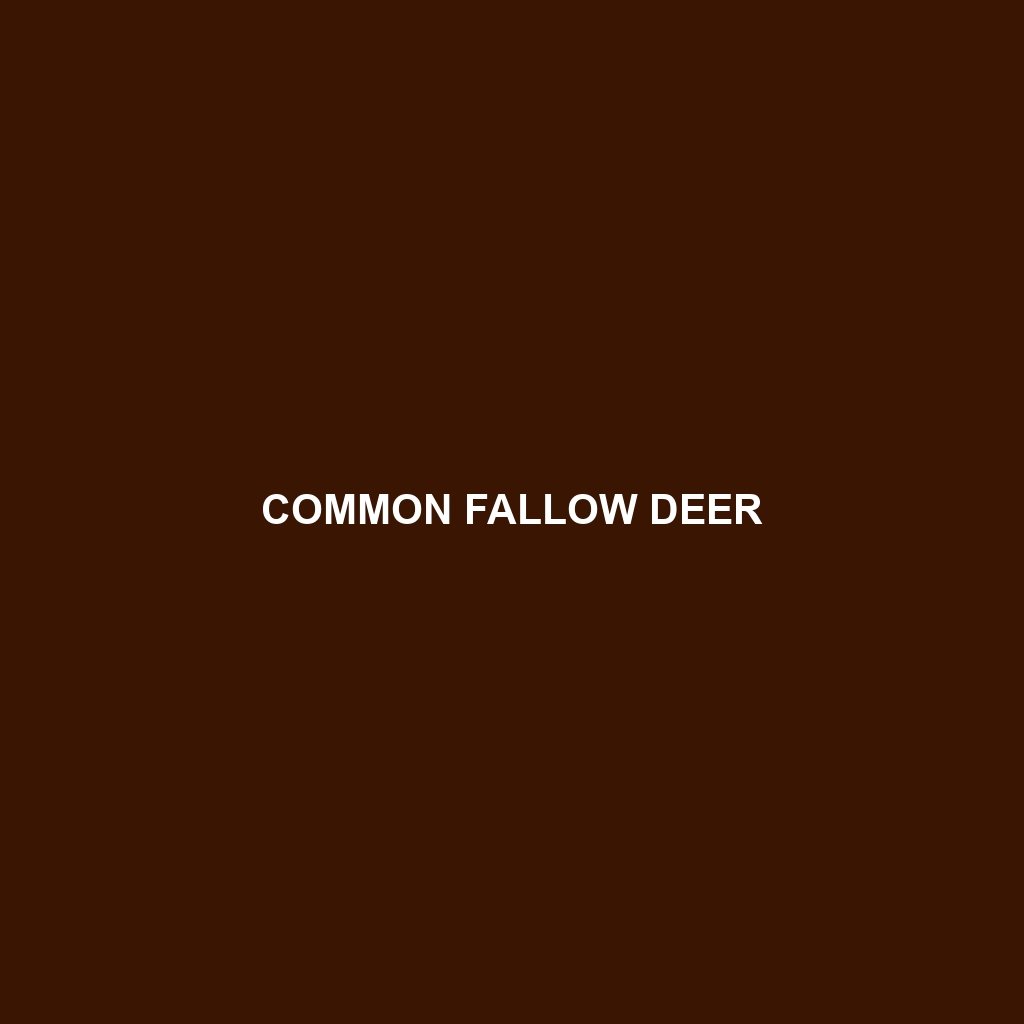Montivipera latifii, commonly known as Latifi’s Mountain Viper, is a medium to large snake found in the mountainous regions of the Middle East, characterized by its robust body, distinctive brown or gray coloration, and a diet primarily consisting of small mammals and lizards. This vulnerable species plays a vital role in maintaining ecological balance by controlling rodent populations in its temperate to semi-arid habitat.
Tag: mountainous habitats
Montivipera bornmuelleri
Discover the Montivipera bornmuelleri, or Bornmüller’s Viper, a stocky and striking snake native to the mountainous regions of eastern Turkey, known for its distinctive greyish or yellowish coloration adorned with dark patterns, and its potent venom used for hunting small mammals, lizards, and birds. This vulnerable species plays a vital role in its ecosystem, helping to maintain ecological balance by controlling prey populations and serving as a food source for larger predators.
Liolaemus normae
Discover the unique <b>Liolaemus normae</b>, a vibrant lizard endemic to Patagonia, known for its striking color variations and diurnal behavior. This insectivorous species thrives in rocky, vegetated mountainous regions and plays a vital role in its ecosystem as both predator and prey.
Gloydius rubromaculatus
Discover the Gloydius rubromaculatus, also known as the red-spotted pit viper, a striking snake native to East Asia's temperate forests and mountains. With its vibrant red or orange spots and unique hunting behaviors, this nocturnal predator plays a crucial role in maintaining local biodiversity.
Gloydius caucasicus
The Gloydius caucasicus, or Caucasian viper, is a robust snake native to the temperate forests and rugged mountain ranges of the Caucasus region, characterized by its distinctive light brown to gray coloration and cryptic zigzag patterns. This carnivorous species primarily feeds on small mammals and birds, exhibiting nocturnal behavior and a fascinating adaptation to tolerate varied temperatures, playing a vital role in maintaining ecological balance.
Darevskia kopetdaghica
The Darevskia kopetdaghica, or Kopet Dag lizard, is a medium-sized lizard endemic to the rocky slopes of the Kopet Dag mountain range in Turkmenistan. With its distinctive coloration and social behavior, it plays a crucial role in controlling insect populations in its arid habitat.
Darevskia adjarica
Darevskia adjarica, or Adjarian lizard, a species native to the mountainous regions of southwestern Georgia. This slender, diurnal lizard reaches 15-20 cm in length and thrives in sunny, well-drained habitats, showcasing vibrant color patterns and agile climbing abilities while playing a crucial role in its ecosystem.
Cyrtodactylus namtiram
<h2>Product Description:</h2> TheCyrtodactylus namtiram, a vulnerable gecko species native to the humid forests of Southeast Asia, features a slender body that measures 10 to 15 cm and exhibits striking brown and gray camouflage. Nocturnal and insectivorous, it plays a crucial role in its ecosystem by controlling insect populations while serving as prey for larger animals.
Asaccus zagrosicus
Discover the fascinating Asaccus zagrosicus, a small to medium-sized gecko native to the rocky terrains of the Zagros mountain range in western Iran. Notable for its sandy beige to pale brown coloration and distinctive climbing abilities, this nocturnal insectivore plays a vital role in controlling insect populations within its unique habitat.
Common Fallow Deer
Explore the majestic Central Asian Red Deer, a remarkable subspecies of the red deer found in the rugged mountainous terrains of Central Asia, including Kazakhstan and Tajikistan. With their striking reddish-brown coats and impressive antlers, these social herbivores are not only vital to their ecosystem but also face significant conservation challenges, making them a fascinating subject for wildlife enthusiasts and researchers alike. Discover their unique behaviors, dietary habits, and the efforts needed to protect this vulnerable species.









